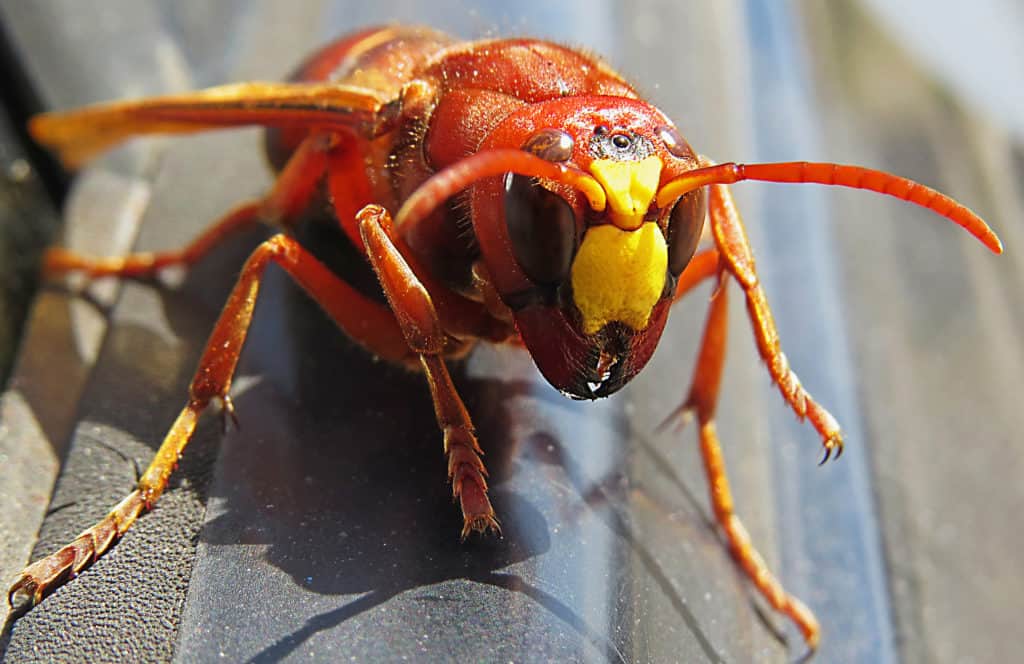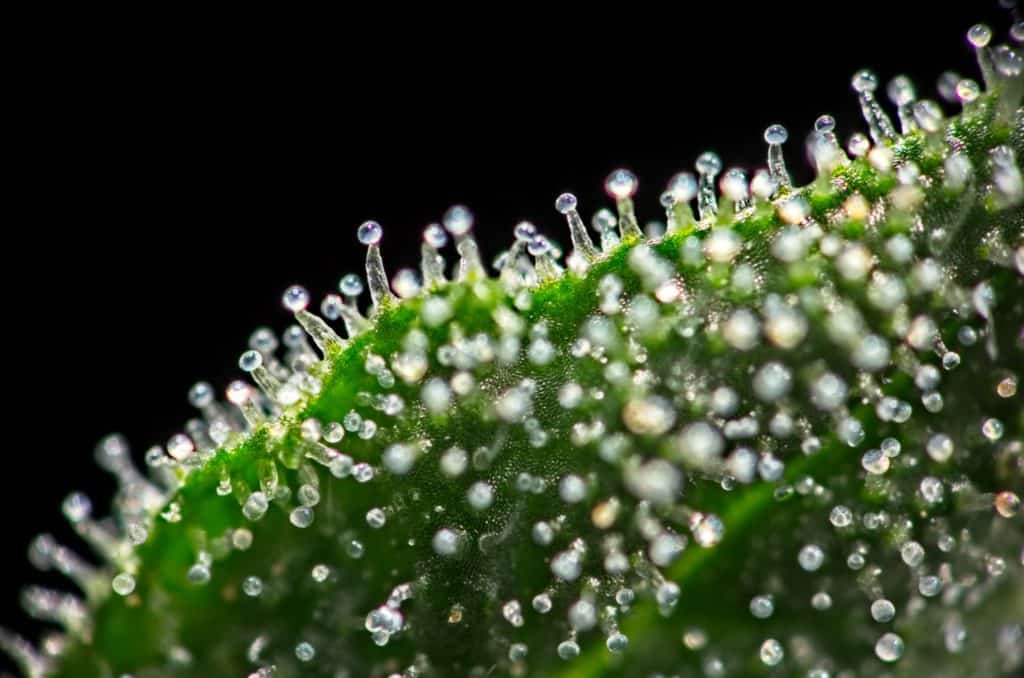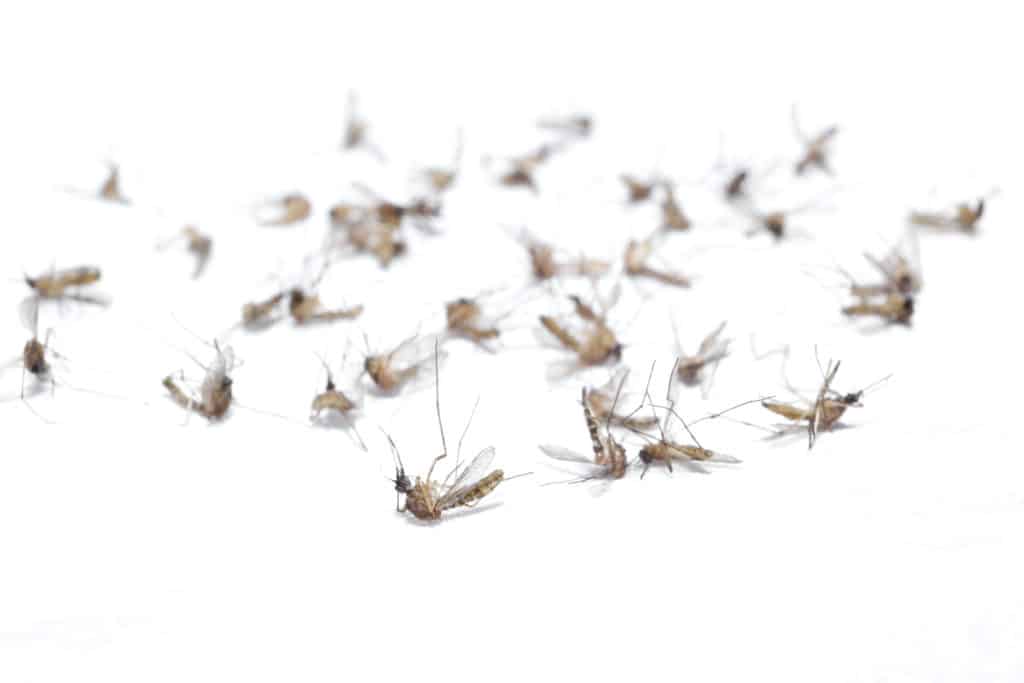2020’s Top Pest Control News in Review
2020’s Top Pest Control News in Review
2020
This year has been rather monumental in a variety of ways, and pest control is no exception. With this whirlwind of a year coming to an end, and high hopes for 2021, we look back at all of the major pest control news and advances that changed the face of pest extermination in 2020.

COVID-19 and Pest Control
In April, we were well into the outbreak of COVID-19 in the United States and concerns quickly began to rise. At Green, we experienced an influx of calls from concerned clients regarding connections between pest infestations and the novel corona virus. While there is a potential initial connection, ultimately, we shared the following information with our clients with special reference to potential risks and safety precautions to take into consideration during the time.
The “initial connection” between the two has to do with all virus’ similar to COVID-19. Virus’ of such nature originate from livestock in a wet market due to unsanitary conditions. This is why Pest Control Operators stress proper sanitation as part of I. P. M. (Integrated Pest Management). I. P. M. places a precedence on preventative care which includes documenting unsanitary conditions (similar to the aforementioned) and providing guidelines on what needs to be done to correct the issues at hand. This can prevent these types of outbreaks from occurring at the source.
However, once outbreaks have occurred, the importance then lies in the safeguarding of your immune system in every way possible. Various pests including rats, mice, cockroaches, mosquitos, ticks, and more, can all carry and transmit highly detrimental and even deadly diseases; and contracting COVID-19 while your immune system is already compromised by another disease increases your chances of having a severe case of the virus. As such, keeping potential pest infestations at bay was, and is, imperative in order to best protect yourself and your family. At Green Pest Services, we believe it is our responsibility to prioritize your health and well-being, which is why we stayed open and functioning all of 2020 to best support you, your family, and your businesses during this rough time.

Murder Hornets
In May of 2020, we saw the arrival of the Murder Hornets in the United States. Initially from Asia, inhabiting both the eastern and southeastern parts of the continent as well as being commonly found in Japan, these stinging pests somehow made their way to the United States. First spotted in December 2019 in Washington State, they rapidly spread out, being found in Canada, including a sighting in White Rock, British Columbia and the discovery of an entire hive on Vancouver Island by May.
Known scientifically as Vespa Mandarinia, the Asian Giant Hornet, were well known for causing carnage and devastation. They earned their infamous nickname, ‘Murder Hornet’ due to their tendency to rip off the heads of innocent bees and wipe out entire hives in a matter of a few hours. They can also be dangerous to humans, attacking with agonizingly painful stings and bites and even, in extreme cases, causing fatalities. In Japan, on average, a total of 30-50 deaths a year are caused by murder hornets and, between just July and October in 2013 in the Shaanxi province of China, 41 people were killed and 1,660 were injured by murder hornets. As such, scientists launched a widespread hunt for these violent invaders. We were already facing a dwindling honeybee population, which put a strain on the natural pollination of plants across our country, and the introduction of this new, aggressive species could have decimated our bee populations. Luckily, however, the murder hornet population in the United States proved to be extremely minimal and most of these hornets that were found following May of 2020 were deceased upon their discovery.
While they caused a brief panic in 2020, luckily, these nasty, invasive hornets did not actually add much to the carnage of the year.

Pests as Pets
On a lighter note, compared to the following two moments of 2020 review, this year saw a surprising increase in a curious phenomenon: pests as pets! While we are used to seeing mice and rats at pest stores and hearing about farmers and other dedicated people maintaining apiaries for honeybees, the surprising new addition to this category were roaches.
With such a reputation of being terrible, nasty, and difficult pests, it was incredibly surprising that a particular breed of cockroaches, the Madagascar Hissing cockroach, was becoming an increasingly popular new pet. These roaches are said to be cheap, low maintenance pets and are far cleaner than wild roaches, making them actually safe to handle. Also contrary to the commonplace pest roaches, they do not possess wings, nor can they bite.
This was surely a surprise when, come winter of 2020, some kid’s wish lists to Santa may have replaced the request for a puppy, with these little creatures instead.

New Research Shows Bed Bug Bites Might Be Deadly
In September of 2020 Rod Brouhard, EMT-P and Michael Menna, DO reported on the novel discovery that bed bug bites could potentially be fatal. While a mass majority of bites are completely benign and no more than a nuisance, it was found that repeat exposure, in some rare cases, can lead to horrible consequences. Cases where victims have been bit over months and even years develop reactions that are progressively more severe with subsequent bites, making the chance of a potentially fatal reaction significantly higher. This fact was even more concerning when considering that bed bugs have become increasingly resistant to pesticides and, as such, there had been a significant surge in bed bug infestations. This 2020 discovery meant that medical professionals may start seeing an increase in patients seeking treatment for bed bug bites as well as an increased necessity for pest control companies to work on eradicating bed bug populations.

The Trichome Project Advances
In response to the aforementioned increase in bed bug populations, 2020 saw advances in the fight against these nasty external parasites. In particular, the trichome project continued its research and advances since the study began in 2013.
In old Balkan traditions, leaves were utilized to prevent bed bugs from entering one’s bed. The leaves, which were arranged around sleeping areas, come from a common Balkan bean plant and were covered in super tiny, hook-shaped hairs known as trichomes. These trichomes are sharp on a microscopic level and catch bedbugs feet/legs as they walk along – actually spearing through their soft joints and tissue, effectively stopping them in their tracks. The leaves were found to be so effective in fact, that a team of scientists began working with the National Science Foundation in order to develop a nontoxic microfiber that simulated the trichomes on a geometric level and can be built into fabrics to literally stop bed bugs in their tracks! While not currently complete, the project reportedly underwent continued research and testing in 2020 with hopes for a breakthrough soon. If successful, this project could change the game for bed bug control around the world.

Volcanos and Pest Control
Another innovation in pest control during 2020 came in the form of an “explosive” discovery (pun intended).
Also known as volcanic glass, perlite is a kind of rock formed when lava is shot from an active volcano, rapidly cooling to a solid. This rapid cooling process traps water within the hardened structure, resulting in a glass-like appearance and feel. Due to its various uses and properties, researchers Jean M. Deguenon, Ph.D. and R. Michael Roe, Ph.D. of North Carolina State University, began testing the possibility of using perlite as a potential vector control product.
It is thought to act as a powerful dehydrator for mosquitos, thereby possessing the ability to cause mosquitos to expire from lack of moisture. After conducting extensive tests, it was determined that, while the processed form of perlite, imergard, did not repel mosquitos, it did prove fatal after a few hours of exposure. The use of perlite is a mechanical treatment, not chemical, making it a safe treatment option, and further testing is revealing that it may protect against other insects as well. A decision regarding the approval of perlite as a new active agreement is currently pending with the World Health Organization, while the EPA is also considering imergard as a potential biopesticide and it is currently undergoing testing for approval in the US. If it is approved, we could have a commercial release date of this new innovative pest control product in early 2021.

2021 – Looking Forward
Looking forward at 2021 we can only hope that more innovations like the invention of Imergard and the Trichome Project lead to positive changes in our pest control futures. 2020 has been a rocky year, to say the least, but, at Green Pest Services, we have got your back along with way and we truly look forward to continuing to serve all of our amazing customers next year.
Here’s to a positive and happy 2021!!

Citations
Baker, M. (2020) ‘Murder Hornets’ in the U.S.: The Rush to Stop the Asian Giant Hornet, The
New York Times. The New York Times Company. Available at: https://www.nytimes.com/2020/05/02/us/asian-giant-hornet-washington.html (Accessed May 2020).
Barth, Z., Kearns, T. and Wason, E. (2013) Vespa Mandarinia, Animal Diversity Web.
University of Michigan. Available at: https://ainmaldiversity.org/accounts/Vespa_mandarinia/ (Accessed: May 2020).
Bed Bugs FAQs (2020) Centers for Disease Control and Prevention. The Global Health Division of Parasitic Diseases and Malaria. Available at: https://www.cdc.gov/parasites/bedbugs/faqs.html (Accessed: September 2020).
Brouhard, R. (2020) Systemic Reaction Through the Body, Verywell Health. Edited by M. Menna. Available at: https://www.verywellhealth.com/systemic-reaction-1298693 (Accessed: November 2020).
Diseases Directly Transmitted by Rodents (2017) Centers for Disease Control and Prevention.
The National Center for Emerging and Zoonotic Infectious Diseases & The Division of High-Consequence Pathogens and Pathology. Available at: https://www.cdc.gov/rodents/diseases/direct.html (Accessed: March 2020).
Dovey, D. (2017) Best Pet for Children: Why Madagascar Hissing Cockroaches Are Ideal, Newsweek. Available at: https://www.newsweek.com/madagascar-hissing-cockroaches-exotic-pets-724423 (Accessed: October 26, 2020).
Martin, W. (2020) ‘Murder Hornets’ Spotted in the U.S. Here’s What You Need to Know,
Science Alert. Business Insider. Available at: https://www.sciencealert.com/this-is-a-murder-hornet-and-it-s-currently-taking-over-the-us (Accessed: May 2020).
Roche, J. (2020) Volcanic Rock Yields a New Kind of Insecticide for Mosquitoes, Entomology Today. The Entomological Society of America. Available at: https://entomologytoday.org/2020/09/02/volcanic-rock-yields-new-kind-of-insecticide-for-mosquitoes/ (Accessed: October 2020).
Rosane, O. (2020) ‘Murder Hornets’ Spotted in the U.S. for the First Time, EcoWatch. Available
at: https://www.ecowatch.com/murder-hornets-honeybees-us-2645912097.html?rebelltitem=2#rebelltitem2(Accessed: May 2020).
University of California – Irvine. (2013) Bean Leaves Can Trap Bedbugs, Researchers Find. Science Daily. Available at: https://www.sceincedaily.com/releases/2013/04/130409211932.htm
Velardo, M. (2017) What is Perlite?, Sciencing. Available at: https://sciencing.com/perlite-5402928.html (Accessed: October 2020).
Watch Bed Bugs Get Stopped in Their Tracks (2019) YouTube. Deep Look & The National Science Foundation. Avialable at: https://www.youtube.com/watch?v=ToeWrGTGOOI (Accessed: June 2020)

